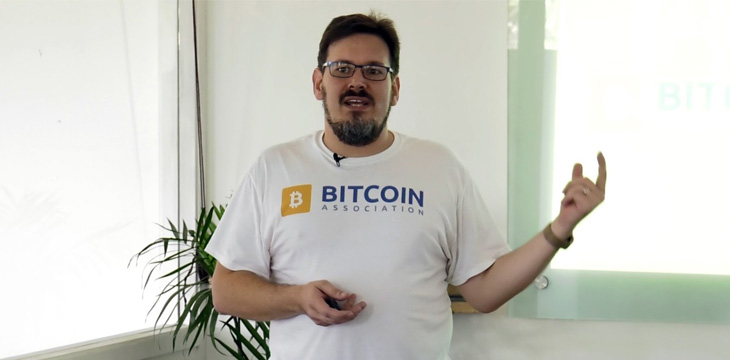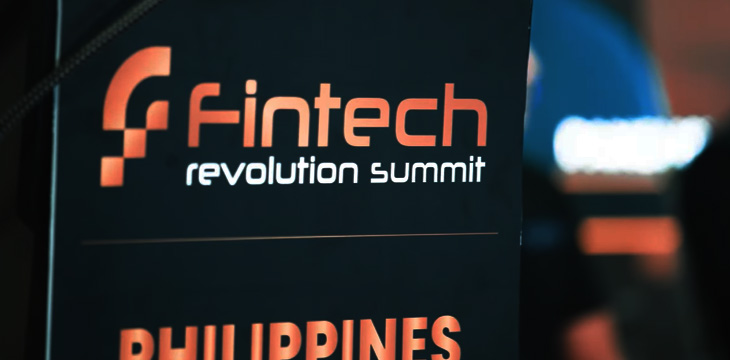|
Getting your Trinity Audio player ready...
|
Bitcoin is a peer-to-peer electronic cash system that’s underpinned by a set of economic incentives. These economic incentives are designed to encourage the people who run the network (for the benefit of users) to compete in a way that’s very cooperative and honest. In his presentation at the Bitcoin SV DevCon 2020 event, veteran Bitcoin developer Brendan Lee broke down how these incentives drive Bitcoin to scale and why only Bitcoin SV’s economic model will stand the test of time.
Bitcoin’s incentives model was devised by Satoshi Nakamoto and outlined in the Bitcoin whitepaper, Lee stated. These incentives make Bitcoin a low-cost and reliable public ledger, Lee said. Bitcoin is built to facilitate all kinds of exchange, as well as many kinds of novel computing systems, data storage and more.
First-up for Day 1 of #BSVDevCon is Bitcoin Association's Training and Development Manager Brendan Lee, who will be discussing Economic incentives and the Bitcoin network.
Watch Live Now!https://t.co/AMvtSpNt0A#BitcoinSV #BSV #Bitcoin pic.twitter.com/PuN7o94WaQ
— BSV Association (@BSV_Assn) July 18, 2020
As Nakamoto outlined on the whitepaper, there are six steps to run the Bitcoin network. The first is the broadcast of new transactions to all nodes. Once a node finds a block, it has to propagate that block as quickly as possible to all the other miners. Any time spent trying to find a competitor to that block is an opportunity lost in securing the block reward.
Lee, who is the head of technology at BSV-focused consultancy firm Faiā, dismissed the myth that nodes have an incentive to hoard transactions.
Every node on the Bitcoin network collects new transactions on the block. “This is probably one of the most fundamental functions of the network,” Lee said.
As nodes collect the transactions, they construct a block template, creating a coinbase transaction. These transactions holds all the rewards that they will collect from building that block.
All nodes work on finding a difficult proof of work for its block. Once a node finds a proof of work, it broadcasts the block to the rest of the network.
Lee further dismissed the myth of selfish mining, which claims that a block reward miner could find a block solution and withhold it from the network, effectively conducting a 51% attack with less than half of the hash.
The nodes on the network accept the block only if all the transactions in it are valid and not already spent. Lastly, the nodes express their acceptance of the block by working on creating the next block in the chain, using the hash of the accepted block as the previous hash.
“It’s these incentives that drive Bitcoin to scale. It’s easy to see that in the long term, if there is no scale and there aren’t very large numbers of transactions being broadcast onto the network with ample fees, the network can’t survive,” Lee concluded.

 01-05-2026
01-05-2026 




